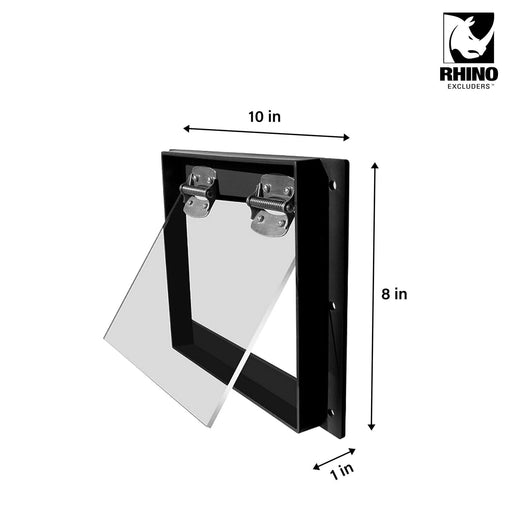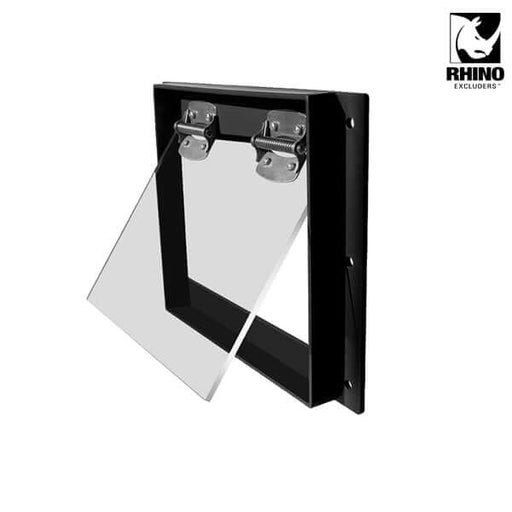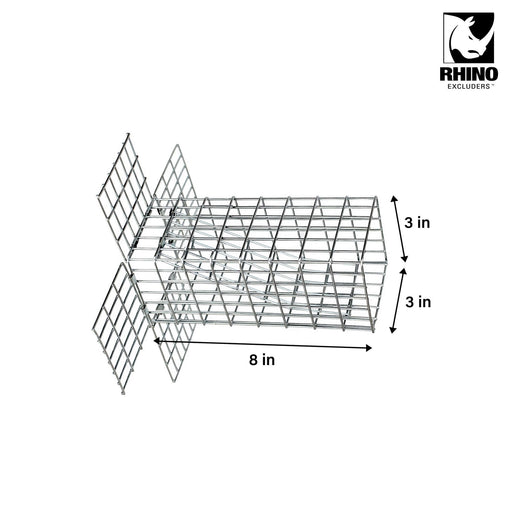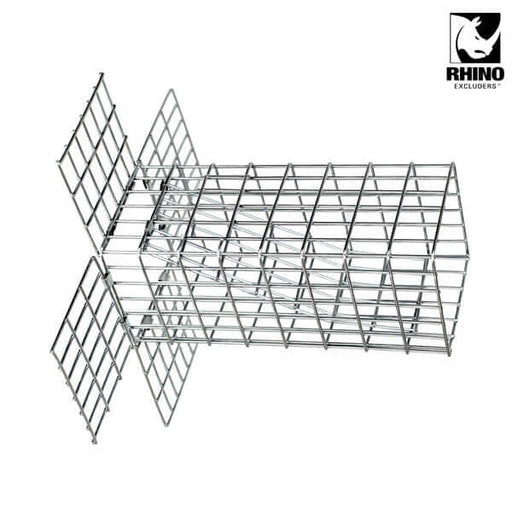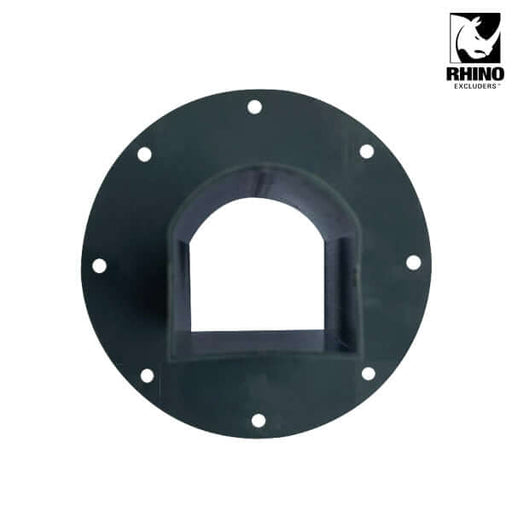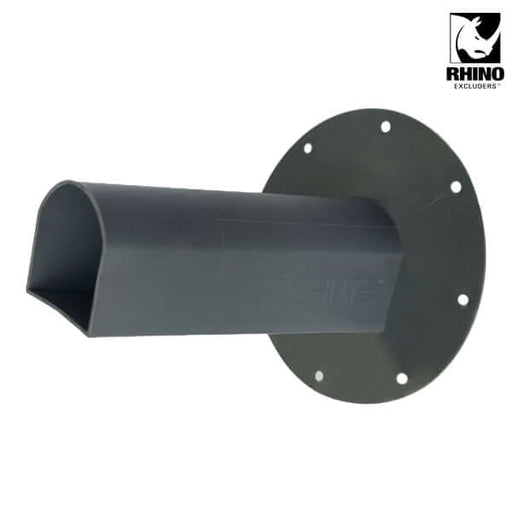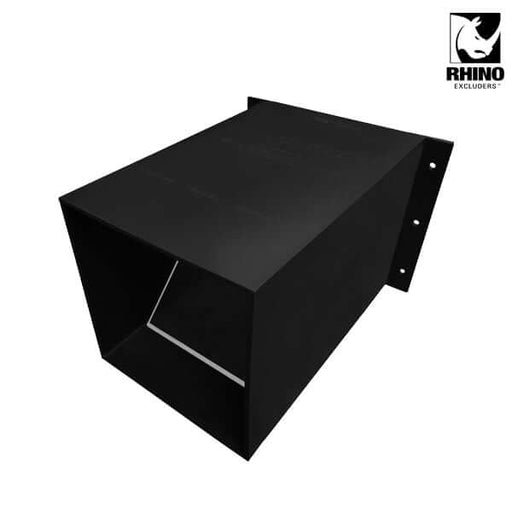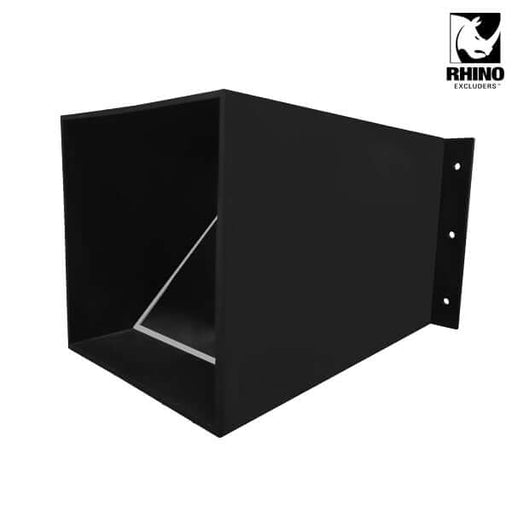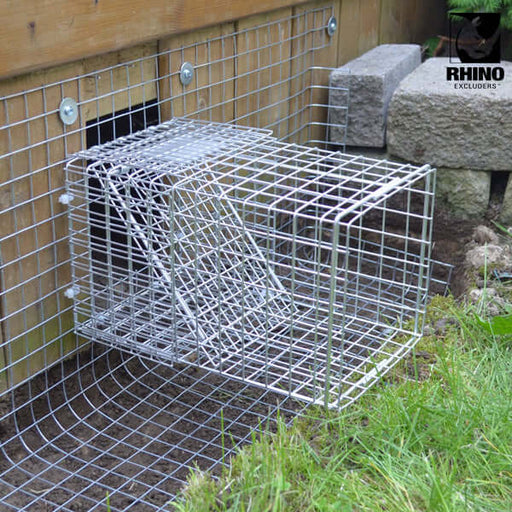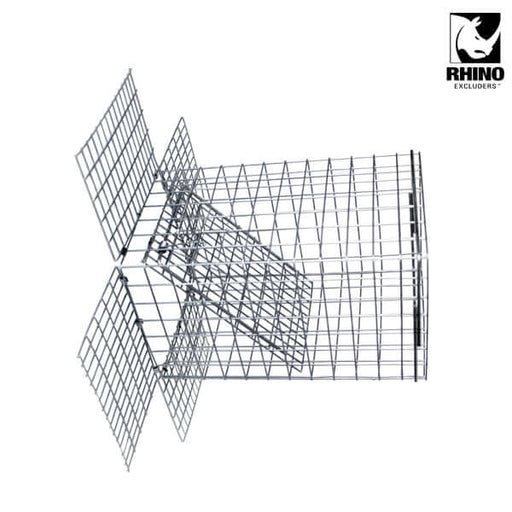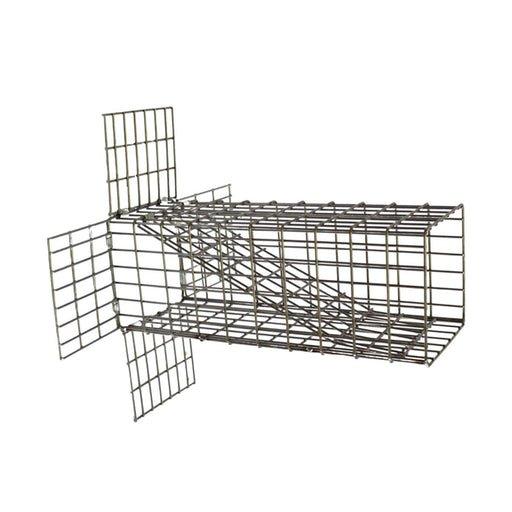
How to Get Rid of Groundhogs Under Your Shed
Signs of Groundhog Activity
- Burrow entrances: Groundhogs create distinctive holes in the ground near the shed, typically 10-12 inches in diameter. These entrances may have a mound of dirt beside them.
- Plant damage: As herbivores, groundhogs love to feast on vegetation. Look for damaged plants, nibbled leaves, or eaten fruits and vegetables in your garden beds.
- Daytime sightings: Groundhogs are most active during the day, particularly in the early morning and late afternoon. If you spot a groundhog scurrying around your property, it's a clear sign of their presence.

Understanding Groundhog Behavior
Groundhogs are diurnal (meaning they are most active during the day) and prefer habitats with a mix of open areas and forest edges, such as fields, pastures, and residential yards.
Methods to Get Rid of Groundhogs Under Your Shed
Exclusion
One-Way Doors
Repellents

Other Recommended Maintenance
- Regular inspections: Periodically check your shed and its surroundings for signs of groundhog or rodent activity, such as fresh burrows, droppings, or plant damage. Identifying issues early allows for a quicker response and less potential damage.
- Yard maintenance: Keep your yard tidy and less inviting to groundhogs. Regularly mow your lawn, trim bushes and hedges, and remove piles of debris or wood where groundhogs might hide. Maintain a clear perimeter around your shed to eliminate potential burrowing spots.
- Monitoring: Keep an eye out for groundhog activity in your neighborhood. If you notice groundhogs on adjacent properties, take proactive measures to protect your own yard before they have a chance to move in.
When to Call a Professional
Conclusion
Rhino Excluders™ Collection
-
Original price $54.99Original price $54.99 - Original price $54.99Original price $54.99Current price $49.99$49.99 - $49.99Current price $49.99
R108 - Rhino Excluders® Raccoon One Way Door
Rhino Excluders®In stockABS Plastic body | Light weight | 10” x 8” x 1” Are you tired of dealing with persistent raccoon intrusions? Say goodbye to those frustrating encou...
View full detailsOriginal price $54.99Original price $54.99 - Original price $54.99Original price $54.99Current price $49.99$49.99 - $49.99Current price $49.99Save 9% -
Original price $32.99 - Original price $32.99Original price$32.99$32.99 - $32.99Current price $32.99
S33 - Rhino Excluders® One Way Squirrel Door
Rhino Excluders®In stockS33 Rhino Excluders® One Way Squirrel Door (for Squirrels, Chipmunks, Rats & Similar Size Rodents) 14 Gauge | 8” x 3” x 3” Introducing the S33 ...
View full detailsOriginal price $32.99 - Original price $32.99Original price$32.99$32.99 - $32.99Current price $32.99 -
Original price $24.99Original price $24.99 - Original price $24.99Original price $24.99Current price $21.99$21.99 - $21.99Current price $21.99
Rhino Excluders® BIRDCHUTE™ One Way Bird Door for removal of Birds
Rhino Excluders®In stockRhino Excluders® BIRDCHUTE™ One Way Bird Door Polypropylene (PP) Plastic body | 7” x 6.5” x 6.5” Birdchute™ One Way Bird Door is perfect for removi...
View full detailsOriginal price $24.99Original price $24.99 - Original price $24.99Original price $24.99Current price $21.99$21.99 - $21.99Current price $21.99Save 12% -
Original price $64.99Original price $64.99 - Original price $64.99Original price $64.99Current price $54.99$54.99 - $54.99Current price $54.99
Rhino Excluders® PROCHUTE™ One Way Door for removal of Raccoons, Skunks, Groundhogs, Opossums
Rhino Excluders®In stockRhino Excluders® PROCHUTE™ One Way Door Durable 5mm ABS Plastic body | 11” x 9” x 7” Prochute™ Excluder is perfect for removing raccoons, skunks, o...
View full detailsOriginal price $64.99Original price $64.99 - Original price $64.99Original price $64.99Current price $54.99$54.99 - $54.99Current price $54.99Save 15% -
Original price $55.00 - Original price $55.00Original price$55.00$55.00 - $55.00Current price $55.00
S77 - Rhino Excluders® One Way Door for Skunks, Groundhogs, Opossums
Rhino Excluders®In stockONE-WAY DOOR FOR SKUNKS, OPOSSUMS AND GROUNDHOGS 14 Gauge | 12” x 7” x 7” Best method of removing nuisance skunks, groundhogs and similar size anim...
View full detailsOriginal price $55.00 - Original price $55.00Original price$55.00$55.00 - $55.00Current price $55.00 -
Original price $34.99 - Original price $34.99Original price$34.99$34.99 - $34.99Current price $34.99
S35 Rhino Excluders® One Way Door For Squirrels, Chipmunks, Rats & Similar Size Rodents
Rhino Excluders®In stockS35 Rhino Excluders® One Way Door For Squirrels, Chipmunks, Rats & Similar Size Rodents 14 Gauge | 10” x 3.5” x 3.5” Introducing the S35 Rhino ...
View full detailsOriginal price $34.99 - Original price $34.99Original price$34.99$34.99 - $34.99Current price $34.99

